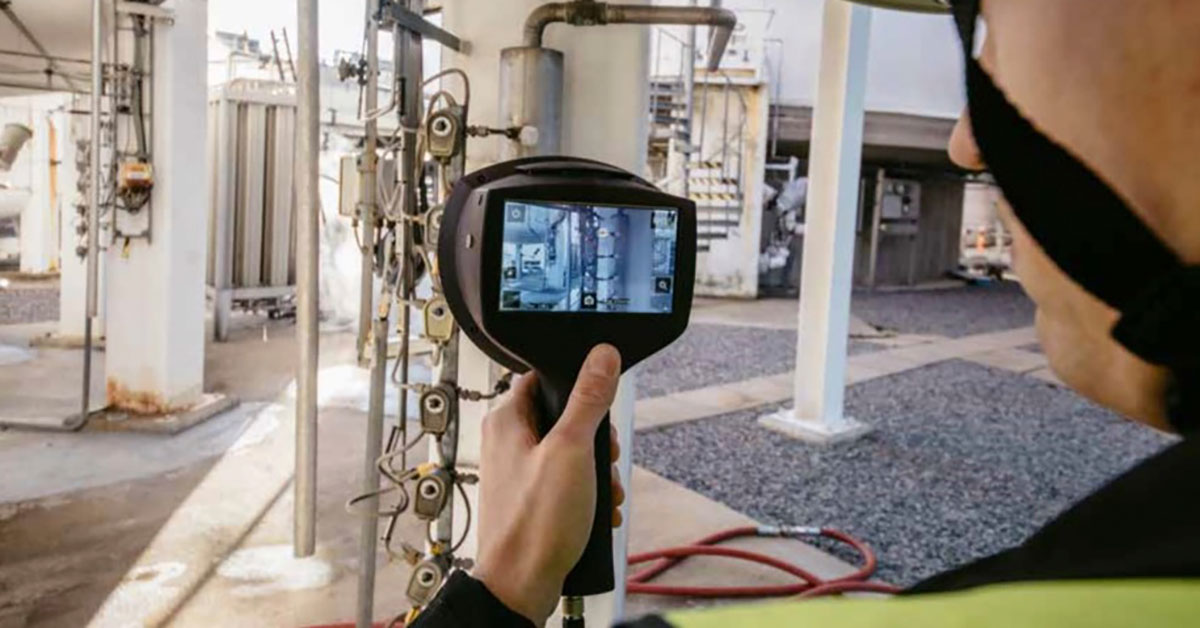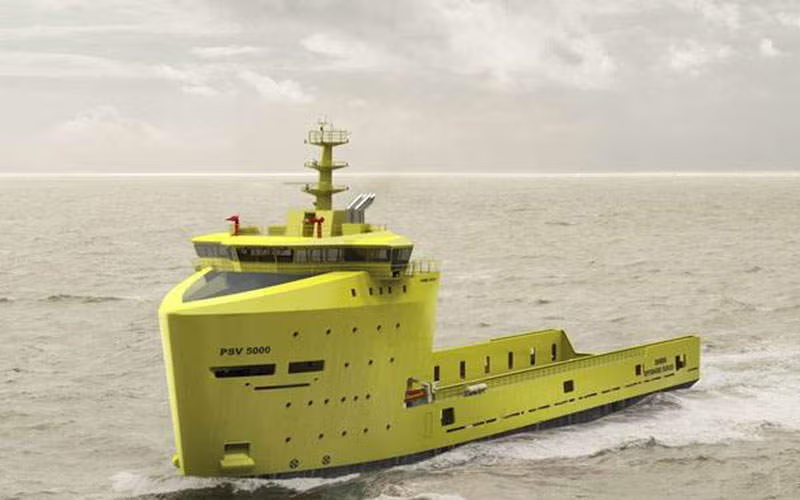Features of Acoustic Imaging Cameras and How They Benefit the Medical Community
Acoustic imaging cameras also referred to as acoustic cameras or sound cameras, are sophisticated gadgets used to visualize sound fields in diverse packages, starting from engineering and industrial settings to environmental tracking and even medical diagnostics. These devices leverage superior technology to seize, manner, and show acoustic information in a manner that allows for smooth interpretation and evaluation.
Below we’ve mentioned the features of acoustic imaging cameras:
Real-time Visualization: One of the key capabilities of acoustic imaging cameras is their capacity to provide actual-time visualization of sound fields. They use arrays of microphones to capture sound information from distinctive instructions simultaneously, allowing customers to look at the sound resources and their distribution in actual time. This function is mainly useful in programs that include noise mapping, business troubleshooting, and acoustic design, wherein short and accurate assessment of sound fields is critical.
High Spatial Resolution: Acoustic imaging cameras provide excessive spatial resolution, allowing customers to precisely find and analyze sound resources inside a given space. By capturing sound facts from multiple factors, these cameras can create targeted acoustic maps with excessive resolution, permitting users to identify even small and subtle sound resources. This feature is essential for obligations which include locating noise assets in complex environments, pinpointing sources of vibration, and assessing the effectiveness of noise manipulation measures.
Frequency Analysis: Another essential feature of acoustic imaging cameras is their ability to carry out frequency analysis of sound fields. These cameras can seize sound information across a wide range of frequencies and display frequency spectra, permitting users to research the frequency content material of sound resources. This feature is valuable for figuring out particular frequency components, diagnosing noise issues, and characterizing the acoustic homes of substances and structures.
Beamforming Technology: Acoustic imaging cameras frequently make use of beamforming generation to beautify spatial decisions and directionality. Beamforming algorithms technique the signals from multiple microphone elements to constructively or destructively combine them, efficiently focusing on specific sound resources or regions of the hobby. This permits customers to isolate personal sound assets, suppress historical past noise, and decorate the clarity of acoustic pictures.
3D Sound Mapping: Some advanced acoustic imaging cameras offer three-D sound mapping capabilities, permitting users to visualize sound fields in 3 dimensions. By integrating statistics from more than one microphone array placed at one-of-a-kind orientations, these cameras can reconstruct 3D acoustic snapshots, providing a greater immersive and complete illustration of sound resources and their spatial relationships. This function is specially treasured for applications that include digital truth, architectural acoustics, and car noise analysis.
Portable and Versatile Design: Many acoustic imaging cameras are designed to be portable and versatile, making them appropriate for a huge range of programs and environments. These cameras are often compact, lightweight, and clean to deploy, permitting users to behavior acoustic measurements in diverse settings, including indoor areas, outside environments, and constrained regions. Their versatility makes them valuable tools for researchers, engineers, consultants, and technicians working in fields together with noise manipulation, environmental tracking, product development, and acoustic testing.
Data Recording and Analysis: Acoustic imaging cameras usually include software gear for statistics recording, evaluation, and visualization. These software program packages permit users to capture, store, and procedure acoustic statistics, carry out advanced evaluation techniques such as source localization and supply separation, and generate customizable reviews and visualizations. Additionally, some cameras guide integration with external dimension gadgets and statistics acquisition structures, enabling seamless integration into present workflows and measurement setups.
How Acoustic Imaging Cameras Benefit the Medical Environment
Acoustic imaging cameras offer numerous benefits to the clinical environment, imparting treasured tools for numerous packages in healthcare and clinical studies.
These encompass;
Non-invasive Imaging: Acoustic imager permits non-invasive imaging of organic tissues and organs using sound waves. Unlike traditional imaging modalities including X-rays, CT scans, and MRI, which contain ionizing radiation or strong magnetic fields, acoustic imaging techniques are safe and non-bad. This makes them appropriate to be used in sensitive scientific settings, alongside pediatric care, obstetrics, and tracking sufferers with contraindications to different imaging methods.
Early Disease Detection: Acoustic imaging cameras can beneficial a useful resource in the early detection of ailments and abnormalities by way of providing particular pictures of internal systems and physiological procedures. For example, ultrasound imaging, a common software of acoustic imaging technology in remedy, can come across tumors, cysts, and other abnormalities in organs which include the liver, kidneys, and reproductive tool. Early detection allows for active intervention and treatment, improving affected men or women’s consequences and lowering the danger of headaches.
Real-time Imaging: Many acoustic imaging strategies offer real-time imaging talents, permitting healthcare experts to visualize dynamic processes such as blood going with the flow, cardiac function, and fetal improvement in real time. These real-time comments enable clinicians to assess the effectiveness of interventions, and manual surgical strategies, and make informed clinical selections promptly. Real-time imaging is particularly precious in emergency medicine, essential care, and intraoperative settings wherein timely data is important for affected person management.
Versatility and Multimodal Imaging: Acoustic imaging cameras offer versatility and assist multimodal imaging approaches, permitting healthcare professionals to combine specific imaging techniques for complete tests. For instance, ultrasound imaging may be combined with Doppler imaging to evaluate blood float, with elastography to evaluate tissue stiffness, or with contrast marketers to decorate the visualization of vascular systems. Multimodal imaging permits extra unique and correct critiques of anatomical systems, physiological functions, and pathological situations, improving diagnostic accuracy and treatment-making plans.
Safe for Sensitive Populations: Acoustic imaging techniques are normally safe to be used in touchy populations, which include pregnant ladies, infants, and individuals with implanted medical devices. Ultrasound imaging, mainly, is widely used in obstetrics for prenatal screening and monitoring due to its safety profile and shortage of ionizing radiation. Additionally, acoustic imaging strategies may be used to evaluate musculoskeletal accidents, joint situations, and soft tissue abnormalities without exposing sufferers to dangerous radiation or causing discomfort.
Portable and Point-of-Care Imaging: Acoustic imaging cameras are frequently portable and clean to apply, making them appropriate for factor-of-care imaging in numerous medical settings. Portable ultrasound devices, for example, may be used at the bedside, in ambulances, or in far-off healthcare centers to perform fast diagnostic reviews, reveal sufferers’ conditions, and manual scientific strategies. The portability of acoustic imaging cameras extends get right of entry to to medical imaging offerings, in particular in underserved groups and resource-constrained settings in which admission to to traditional imaging modalities may be limited.
Key Takeaway
Acoustic imaging cameras provide various capabilities and functionalities that cause them to be powerful tools for visualizing, analyzing, and informing sound fields in diverse programs. With their actual-time visualization skills, excessive spatial resolution, frequency evaluation equipment, beamforming technology, 3-D sound mapping talents, transportable layout, and advanced software packages, these cameras offer treasured insights into acoustic phenomena and guide a huge variety of research, engineering, and troubleshooting sports.
















